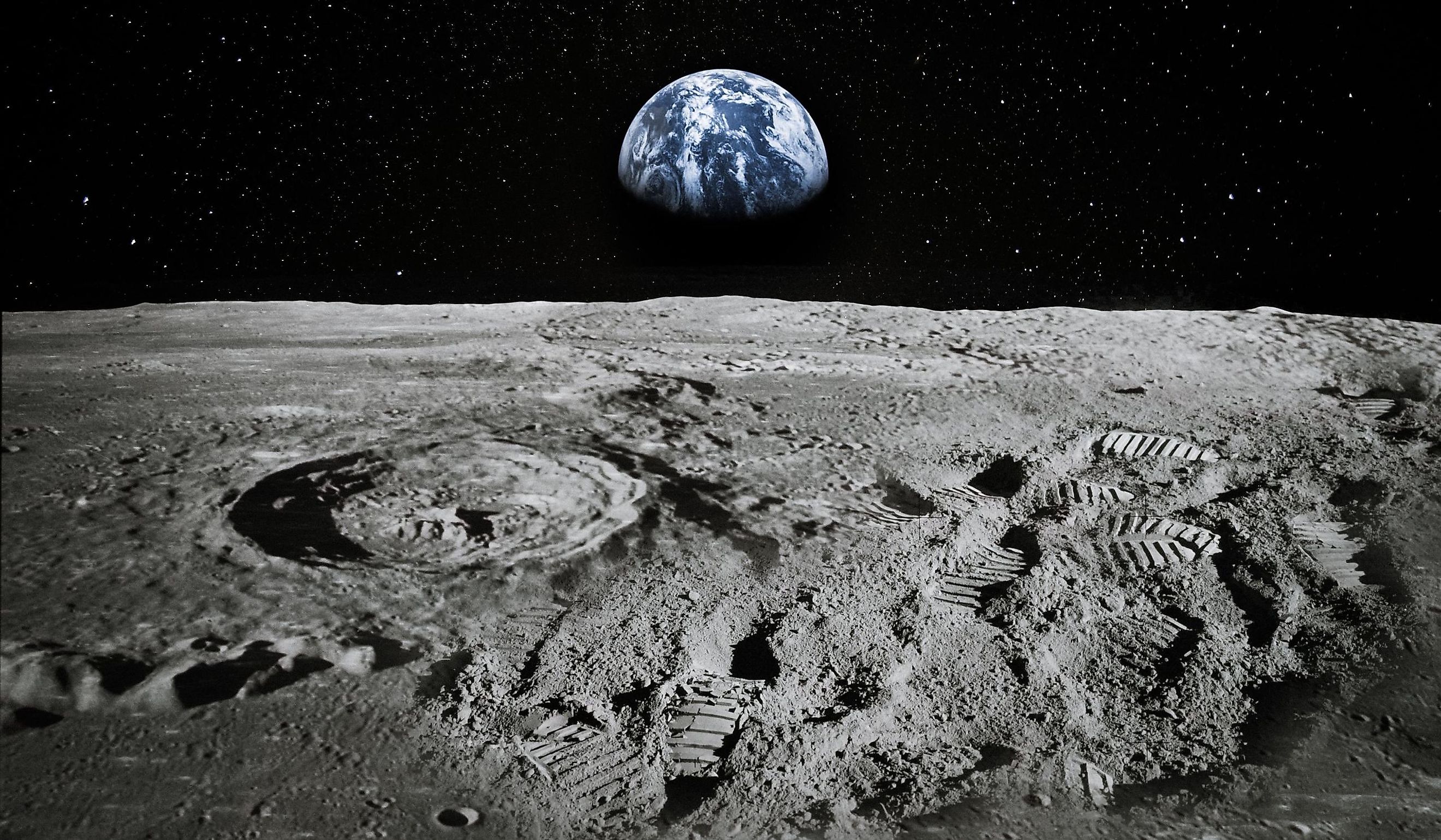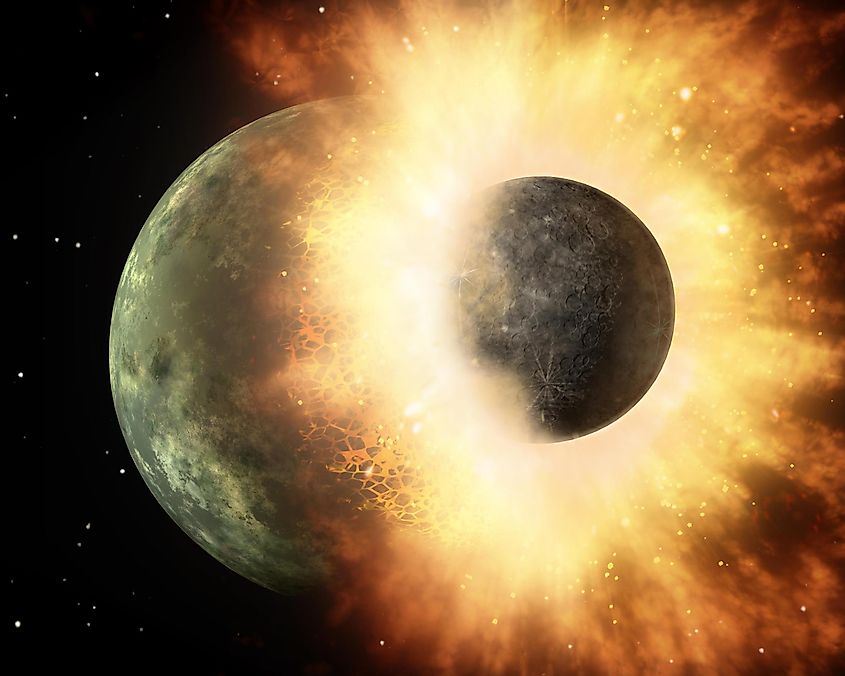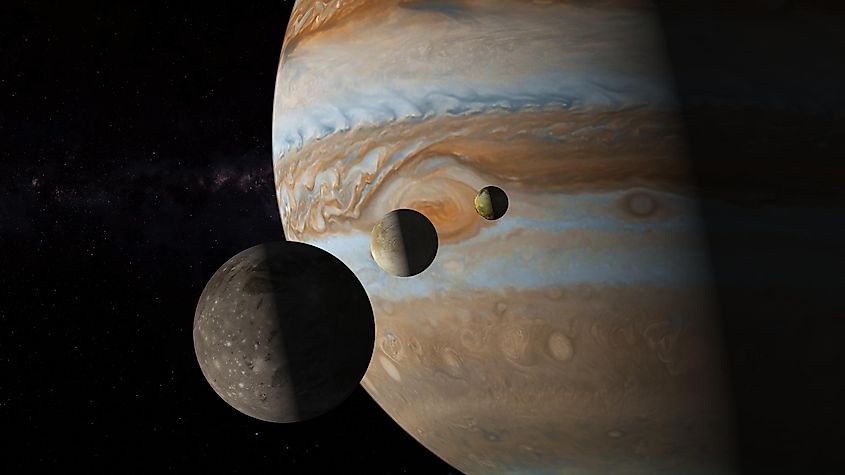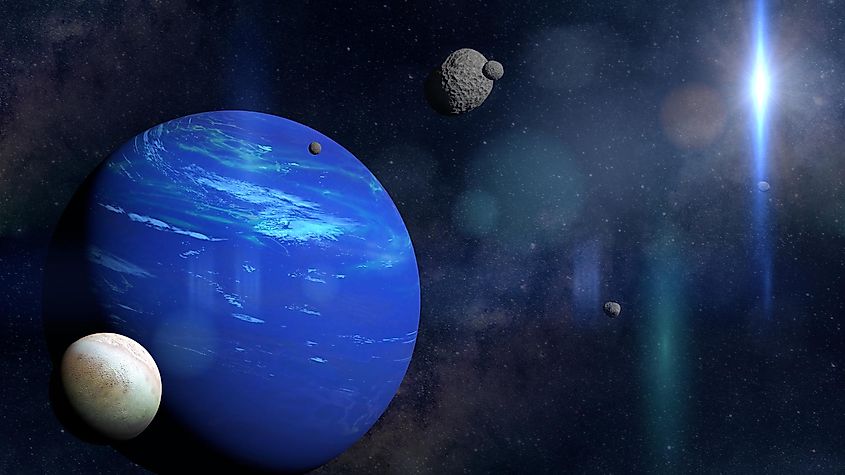
Moons
Moons are celestial companions to the planets of our solar system with their diverse sizes, formations, and orbital patterns. These celestial entities, spanning from rocky to icy landscapes, wield significant influence over planetary dynamics. From the tranquil radiance of Earth's satellite to the turbulent volcanic eruptions on Io, each provides a distinct view of the cosmos. Wrapped in an enigma, these celestial spheres spark curiosity and fascination, casting their luminous glow over the nocturnal expanse.
Formation of Moons

Moons form through a variety of processes, depending on the circumstances of their planetary systems. One such method is through accretion, in which moons are formed through the same disk of gas and dust that gave rise to their parent planets. Small particles gradually clump together under the influence of gravity, eventually forming larger bodies that become moons. Moons can also form through giant impacts, similar to how Earth’s moon is theorized to have been formed. In this scenario, a large object collides with a planet, resulting in the ejection of material that coalesces into a moon in orbit around the planet. The formation of moons is a complex and diverse process that can vary depending on the specific conditions and dynamics of each planetary system.
Effects of Moons on Planets

Moons play crucial roles in shaping the environments and dynamics of the planets they orbit. One significant effect moons have is on the tides of their parent planets. The gravitational pull exerted by moons causes tidal changes in the ocean and even in the solid crust of some planets. The tidal force can lead to tidal heating, where the friction generated by the gravitational interactions between the planet and its moon generates heat within the planet's interior. Moons also play a role in shaping the surfaces of their host planets through processes such as cratering, erosion, and geological activity. For example, the gravitational interactions between Jupiter's moon Io and the gas giant itself lead to intense volcanic activity on Io's surface, shaping its landscape over time.
Furthermore, moons can stabilize the axial tilt of their parent planets, leading to more stable climates over geological timescales. This stabilization is especially significant for planets like Earth, where the relatively large moon acts as a stabilizing force on its rotational axis, preventing wild fluctuations in climate that could otherwise occur.
Moons Across the Solar System

Mercury and Venus: These planets are devoid of moons, likely due to their proximity to the Sun and limited gravitational capture opportunities.
Earth: Our home planet has one natural satellite, the Moon, which has been discovered and observed since ancient times. The average distance from our big blue planet and its only satellite is about 238,855 miles (384,400 kilometers).
Mars: Possesses two small moons, Phobos and Deimos. These irregularly shaped bodies were discovered in 1877 by American astronomer Asaph Hall.
Jupiter: The largest planet in our solar system boasts 95 moons. The four largest—Io, Callisto, Ganymede, and Europa—were discovered by Galileo Ganymede and Simon Marius in 1610.
Saturn: renowned for its majestic rings, it hoasts a staggering 146 moons; the largest, Titan, was discovered in 1655 by Dutch astronomer Christiaan Huygens.
Uranus: the seventh planet from the sun has 28 moons; the first two, Titania and Oberon, were discovered by Sir Willam Herschel.
Neptune: the farthest planet from the sun with 16 moons, the largest; Triton was discovered by Wiliam Lassel in 1846, only 17 days after the discovery of Neptune.
Moons hold significant sway over their parent planets; through gravitational interactions, climate regulation, and surface transformations, they mold the dynamics of planetary systems. Emerging as pivotal players in the cosmic narrative, enriching our understanding of planetary evolution and diversity. These insights deepen our understanding of the universe's complexities and the conditions for life. Moons are essential components in the cosmic story, enhancing the appreciation of planetary evolution and diversity.
The diverse moons within our solar system offer a fascinating glimpse into the complexities of planetary dynamics. From influencing geological activity to regulating climates and shaping surfaces, these celestial companions play integral roles in the evolution of their host planets. Exploring the diversity and significance of moons offers valuable insights into the complex interplay of forces that govern our solar system.











